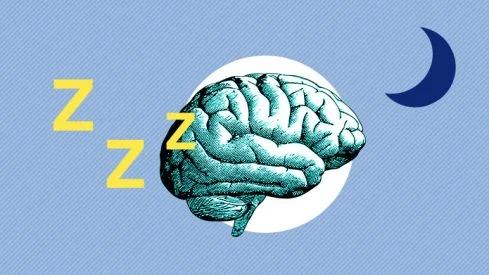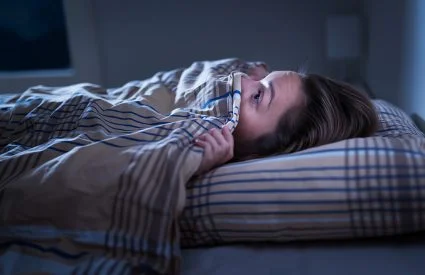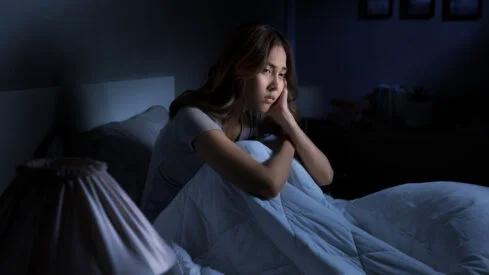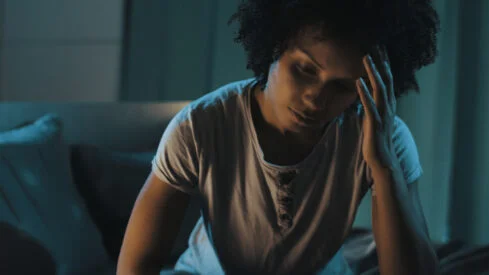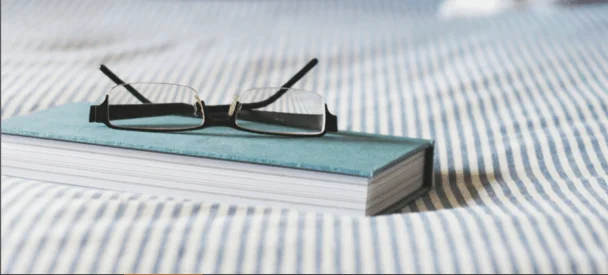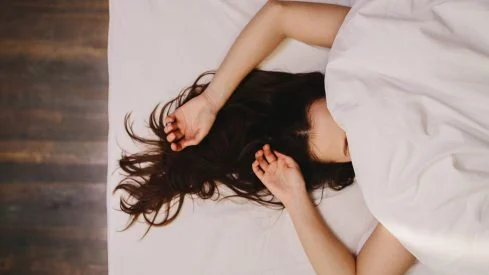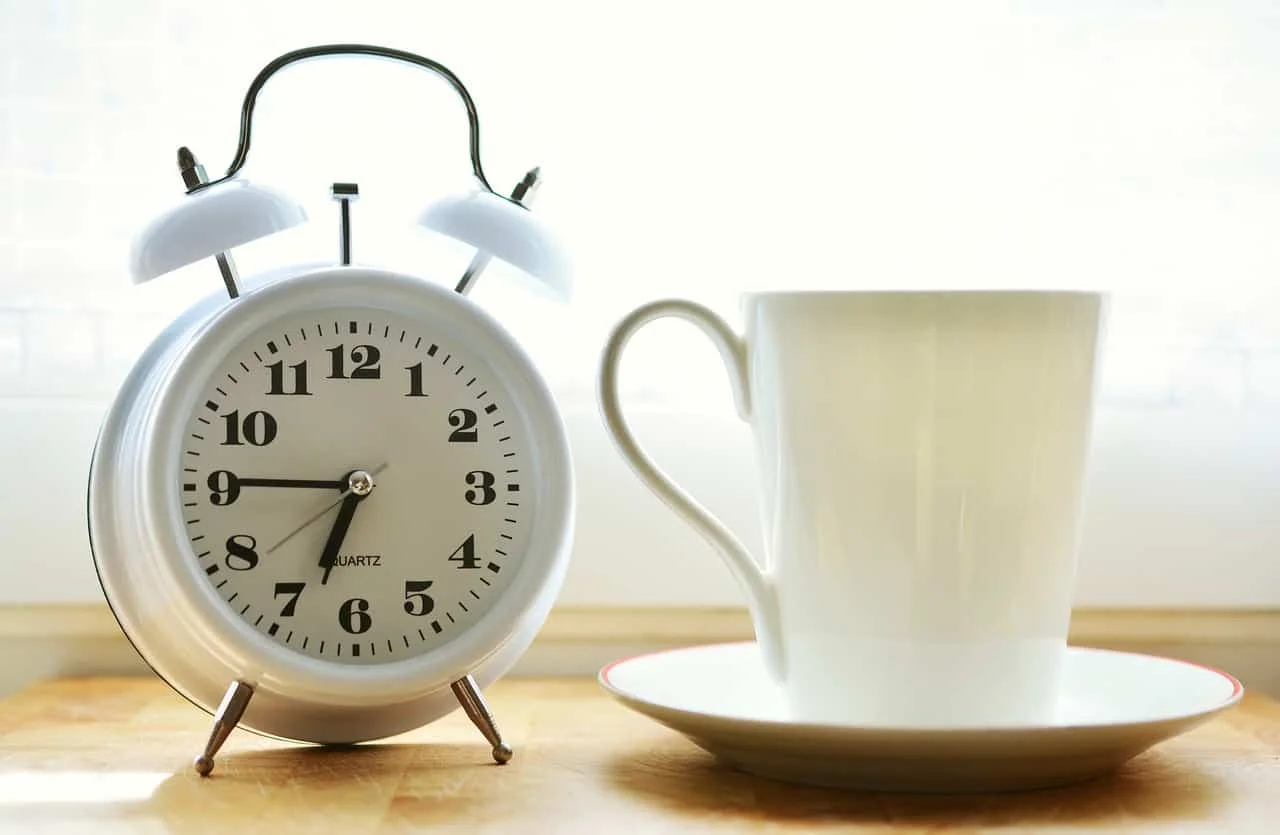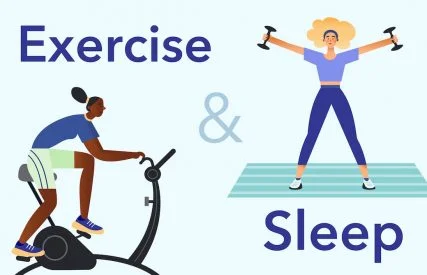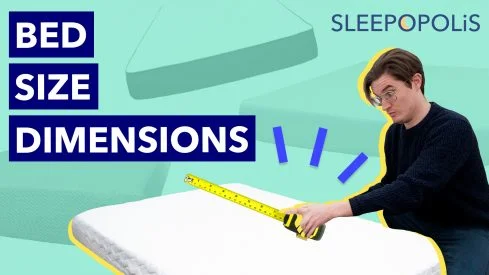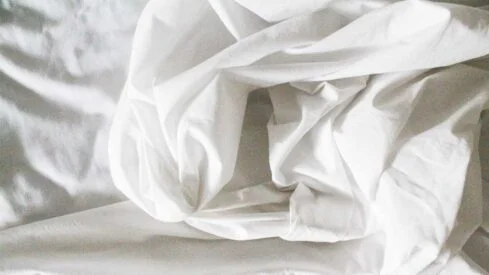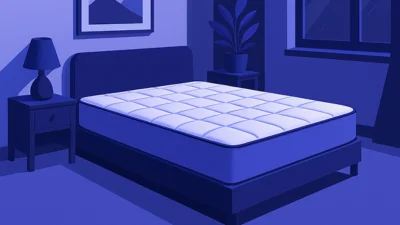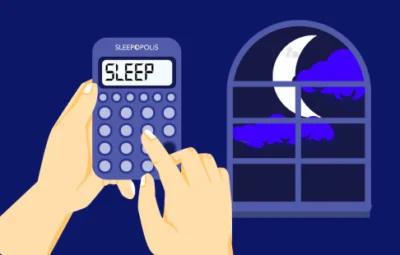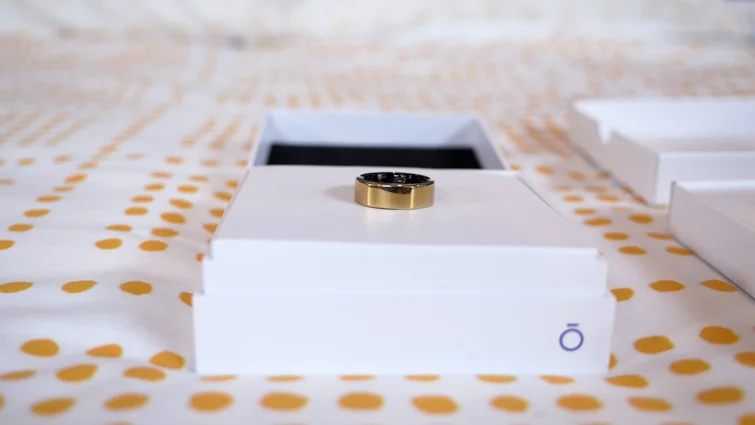
Imagine if a piece of jewelry, as pretty as the Oura ring you already love, could tell you what time of day is best for you to exercise? Or if you’re the type of person who is much more productive at 9 p.m. than 9 a.m.?
The popular Oura Ring, the sophisticated-looking wearable activity tracking device, beloved by the likes of Prince Harry and Jennifer Aniston, is expanding its sleep tracking capabilities and promising to do exactly that: help its over one million users pinpoint what time of day is best for specific types of activities. With this information, users can better optimize their sleep schedules to fit their needs.
How does this work? Using metrics like body temperature, sleep-wake times, and physical activity, all over a three month period, Oura users will be assigned a chronotype.
Chronotypes are used to describe different sleeping patterns, normally associated with an animal’s sleep pattern, typically wolves, dolphins, lions, and bears. However, a chronotype is simply used to describe if you’re a morning person, night person, or if you prefer something in between.
 The Oura app has six different chronotypes it classifies its user with; early morning type, morning type, late morning type, early evening type, evening type and late evening type. Depending on what chronotype you are, the app recommends the best wake and sleep times for you.
The Oura app has six different chronotypes it classifies its user with; early morning type, morning type, late morning type, early evening type, evening type and late evening type. Depending on what chronotype you are, the app recommends the best wake and sleep times for you.
Along with adding chronotypes , Oura is adding four other capabilities to help users with their unique sleep schedules.
The sleep regulatory feature tells members how consistently they have slept over the past two weeks. This new index can help users more easily pinpoint any disruptions or irregularities that could be negatively impacting their sleep.
An individuals sleep is more complex than simply being able to say if you got good or bad sleep. Before the update blue indicated “good” sleep with red being “bad” sleep. To account for the nights where users sleep feel in between, Oura is adding in a yellow “fair” color. Members can find this across in sleep, readiness, and activity sections.
To better account for more sleep schedules, Oura is now calculating Sleep Scores for days where long sleep isn’t possible. This means people who are irregular sleepers, shift workers, or anyone with an atypical sleeping pattern can gain a comprehensive understanding of how to use their sleep data to more affectively approach their sleep needs.
Using your chronotype, Oura will be able to tell users if they’re meeting an optimal sleep schedule in a new body clock feature. The body clock, a circadian rhythm feature that is unique to Oura, can specifically determine an optimal window for members to exercise, focus, or rest unique to their chronotype. The body clock feature helps users to best optimize their schedules.
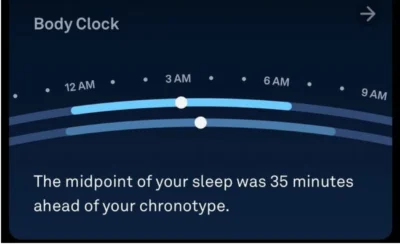
“By revealing this information to users, our goal is that they can work with the grain in terms of their circadian rhythm, rather than against it, which ultimately is going to help with natural energy levels, sleep patterns, etc.,” said Jason Russell, senior director of product at Oura, in an interview with CNET.
This update is available on the Gen 2 or Gen 3 versions of the Oura Ring, and has already begun rolling out to members with an active subscription.
